Thinking of taking a trip? Consider conservation travel, and help our koalas at the same time

I’m stood stock still in a grove of grey-barked eucalypts, face tilted towards the sky. Beside me my guide, Dan, stretches out his arm to point at a nearby tree. “There, see there, in that fork,” he says. “It’s kind of hard to distinguish from the bark at times, but there’s a koala.”
And then, as though materialising from nowhere, I saw something… ears, fuzzy, silhouetted against a crisp blue sky. And then a face – button eyes and that distinctive koala nose. It had stopped munching on eucalyptus leaves and was eyeing us off as we stared in return.
This was the first of a day full of wildlife spotting. Our stellar, extremely knowledgeable guide Dan knocked himself out showing us the absolute best of the area. We trekked through the bush to see koalas, echidnas and swamp wallabies, and stood stock-still in a paddock so as not to spook the eastern grey kangaroos a few metres away.
While these kinds of immersive wildlife experiences bring you physically close to our iconic Aussie wildlife they, more importantly, tap into a calling in the human heart to care for them.
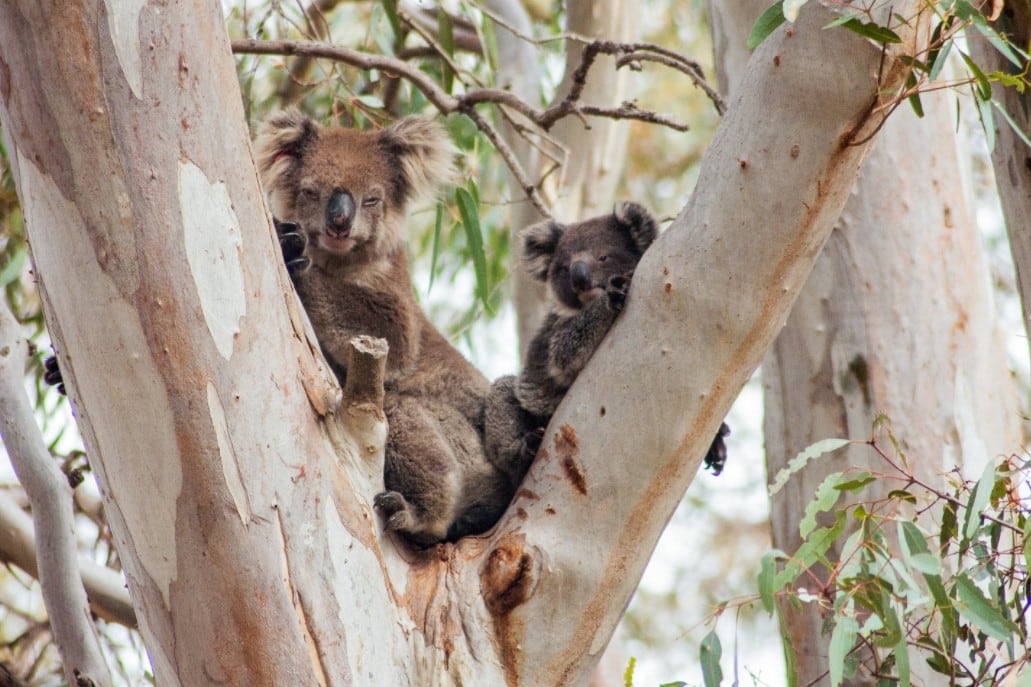
And that’s what Echidna Walkabout Nature Tours and Exceptional Kangaroo Island are all about.
Echidna Walkabout and its not-for-profit Koala Clancy Foundation, have launched a Koala Recovery Experience in Gippsland and on the Great Western Plains near Melbourne.
According to Echidna Walkabout founder Janine Duffy, the 1–4 days experiences are designed to help ensure koalas have a future.
“The Gippsland region suffered horrendous wildlife losses as a result of the 2019–20 bushfires,” she says. “These fires destroyed nearly 2 million hectares of forest in the far southeastern corner of Australia and killed untold millions of wild animals, many trees need to be planted.”
“We’ve teamed up with local Landcare groups and concerned residents to set up this recovery experience for visitors, which will, in turn, help fund ongoing programs. What’s unique about this trip is that guests are not merely observers, they get to pitch in, get their hands dirty planting trees (although we supply gloves!) in the places koalas need them most, and engage with local landowners, community members and help educate others about the importance of koalas.”
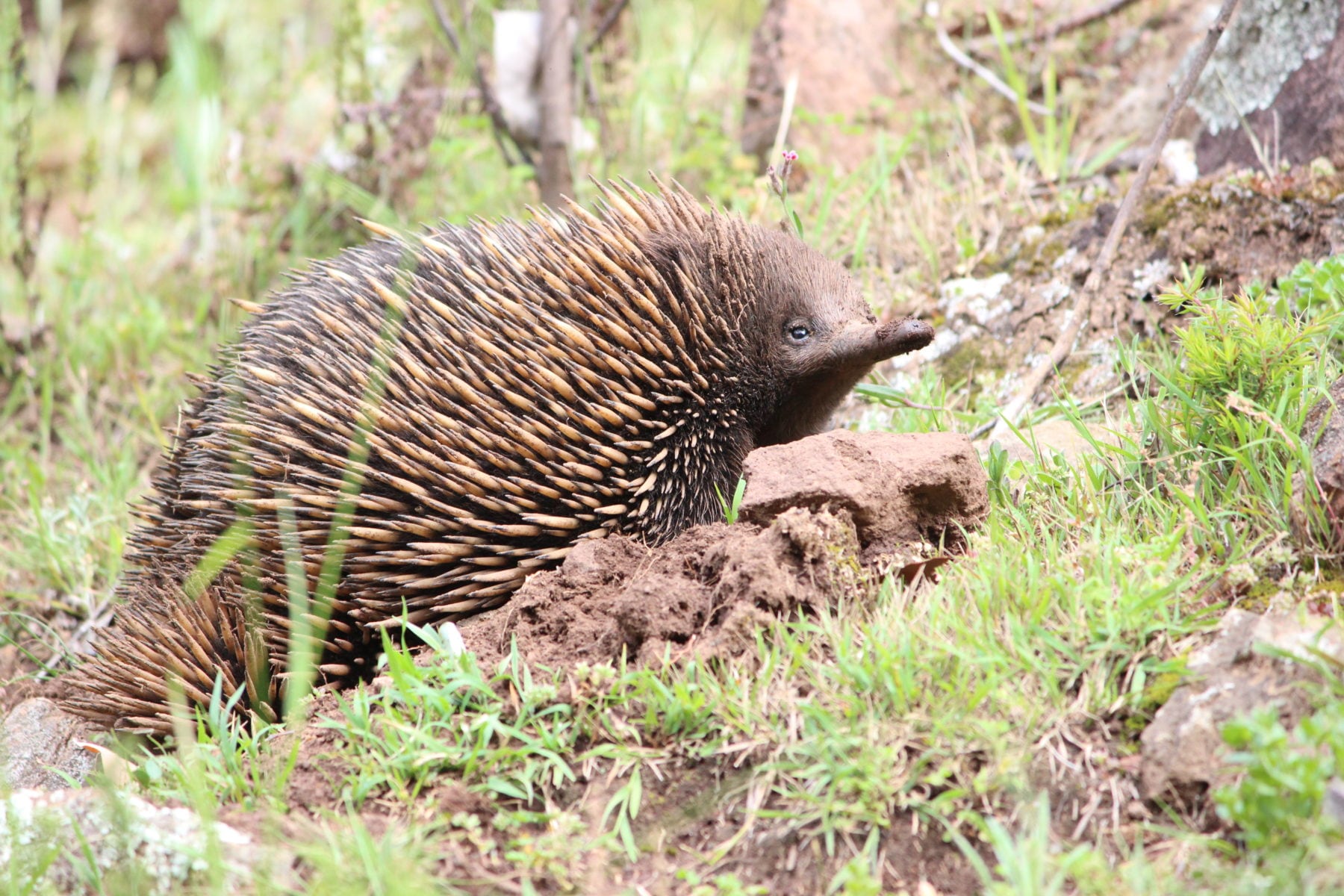
As well as running this tree-planting program, Echidna Walkabout has established a wild koala research project on Raymond Island, which sits about 250km east of Melbourne. Thankfully the island escaped the Black Summer fires and has now become a significant ark for many species of plants and animals including koalas, kangaroos, wallabies, echidnas and many bird species.
According to Janine, guests who join a specially curated trip with Australian Geographic Travel will help the island’s recently formed koala conservation group collect data – including tree species preference, behaviour, identification of individuals and evidence of koalas drinking stemflow (water moving down the stem of a tree).
“Conservation travel is all about making a difference by getting out into the bush and affecting real change,” Janine says. “It’s about working with locals who know the area and how they can fix the problems, but need help to do so. On this trip you will join them as they take walks through the forest spotting koalas in the wild. You may also see echidnas, swamp wallabies and eastern grey kangaroos and many colourful parrots, honeyeaters and seabirds, which you can help record for conservation purposes.”
Find out more about this trip here and Echidna Walkabout here.
Rebirth and regrowth on Kangaroo Island
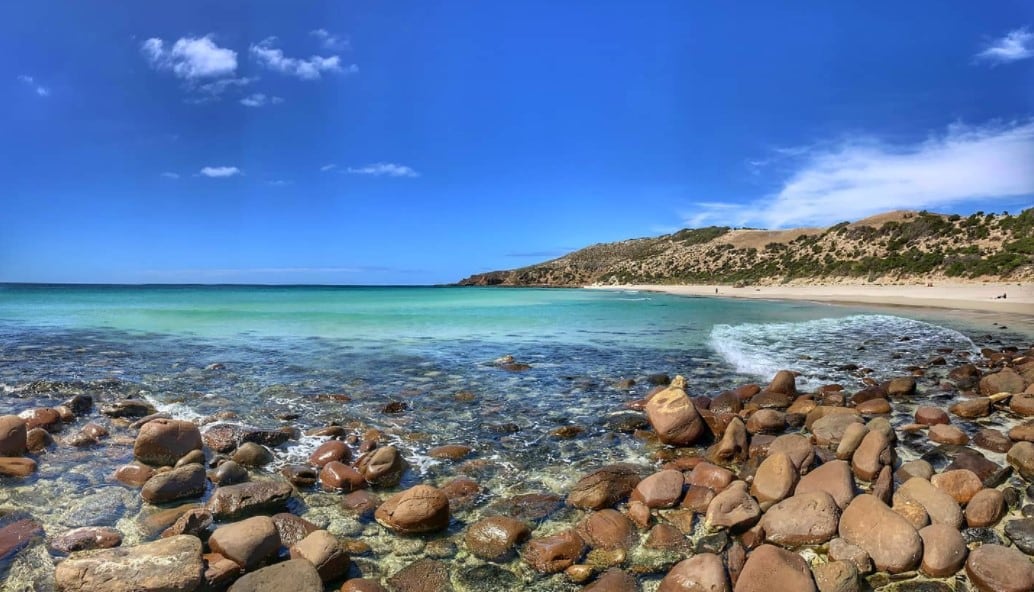
Renowned for its sweeping wilderness, stunning coastal vistas and wealth of native wildlife, Kangaroo Island was largely decimated by the Black Summer fires. But rising like a phoenix from the ashes, it is proving to be as resilient as it is wildly beautiful.
Exceptional Kangaroo Island tour operator Craig Wickham says the post-fire regrowth is astounding. “The changing landscape and tiny new plants germinating in the ash, restarting the habitat for the next generation of life across the Island, is a must-see.”
To share the joy of this recovery, he has established the Flinders Chase Focus Tour.
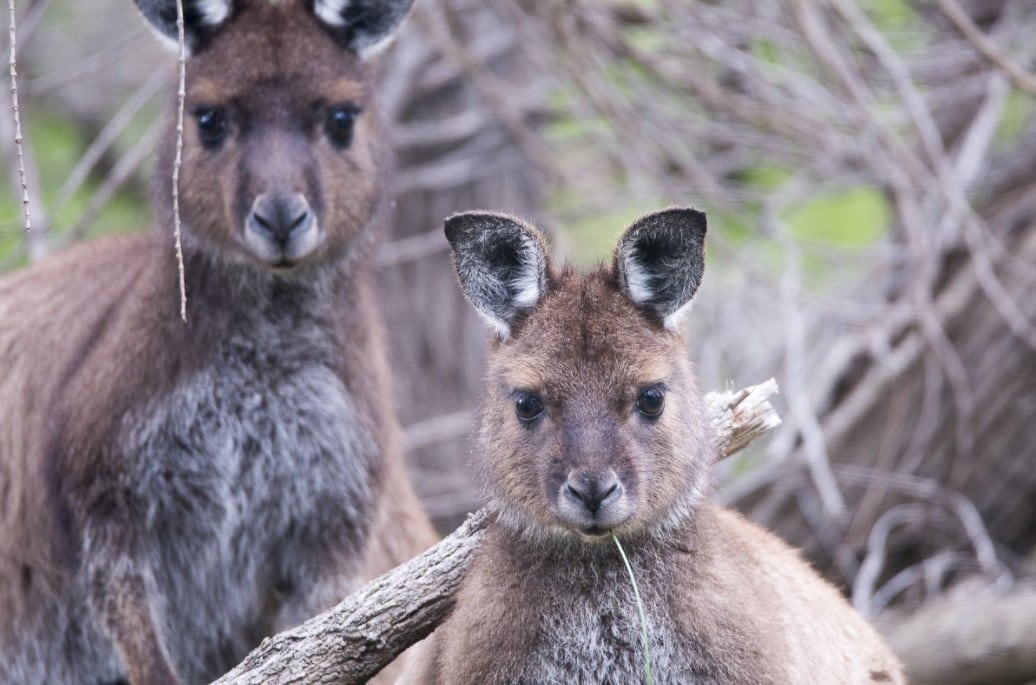
“The fire ecology is compelling, and vital in understanding just how resilient this incredible island is,” Craig says. “And in contrast to that, and to give our visitors context, we also show you areas that were not burned.
“Thanks to Kangaroo Island Land for Wildlife, we access the only remaining large tract of unburned country near Flinders Chase National Park where they are conducting camera wildlife surveys. We can access the cameras and learn about the pygmy possums, bandicoots and Kangaroo Island dunnarts this area protects.
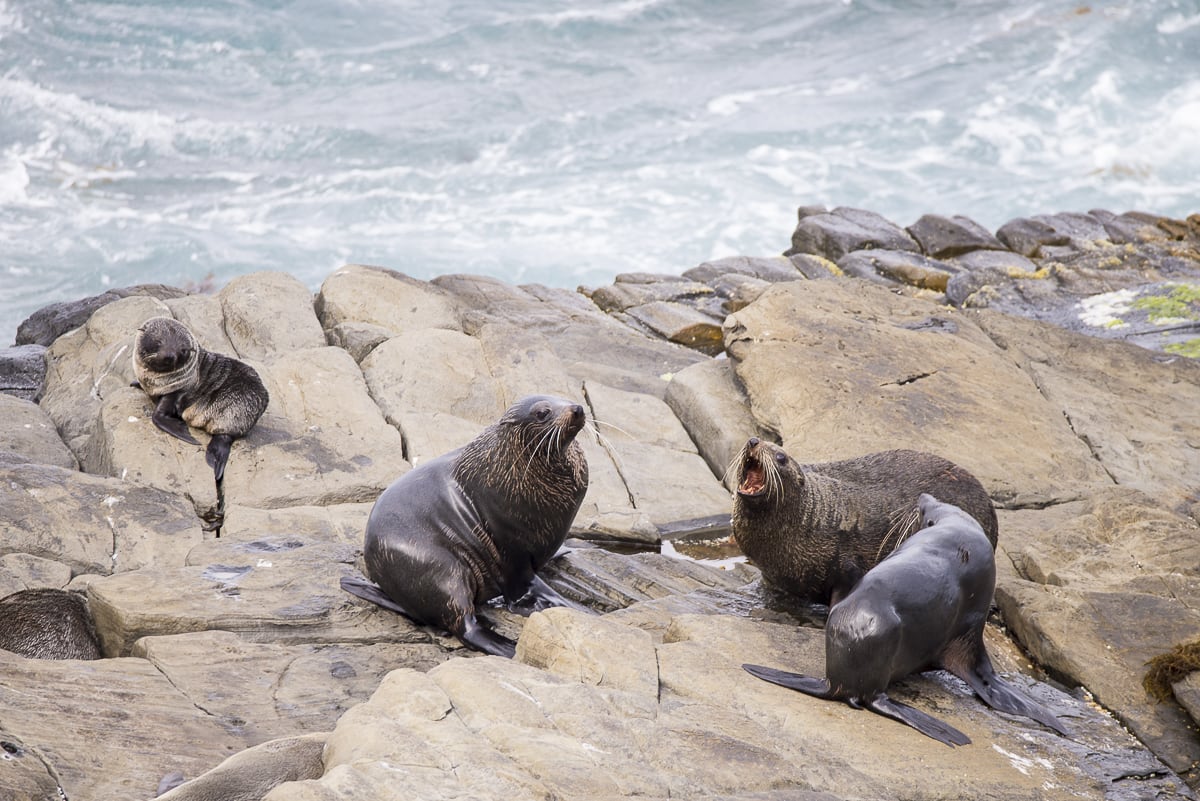
“This hands-on experience allows travellers to actively take part in conservation efforts to regenerate the island’s vast wilderness, impacted by the 2020 bushfires that made international headlines.
“Travellers can participate in wildlife surveys, check fencing and motion cameras, while getting a close understanding of the endemic sooty dunnart [a tiny endangered carnivorous marsupial], followed by a gourmet picnic lunch in the bush.
“We then head into Flinders Chase National Park to explore nature’s gravity-defying sculpture, Remarkable Rocks, as well as Admirals Arch – home to a large colony of fur seals.”
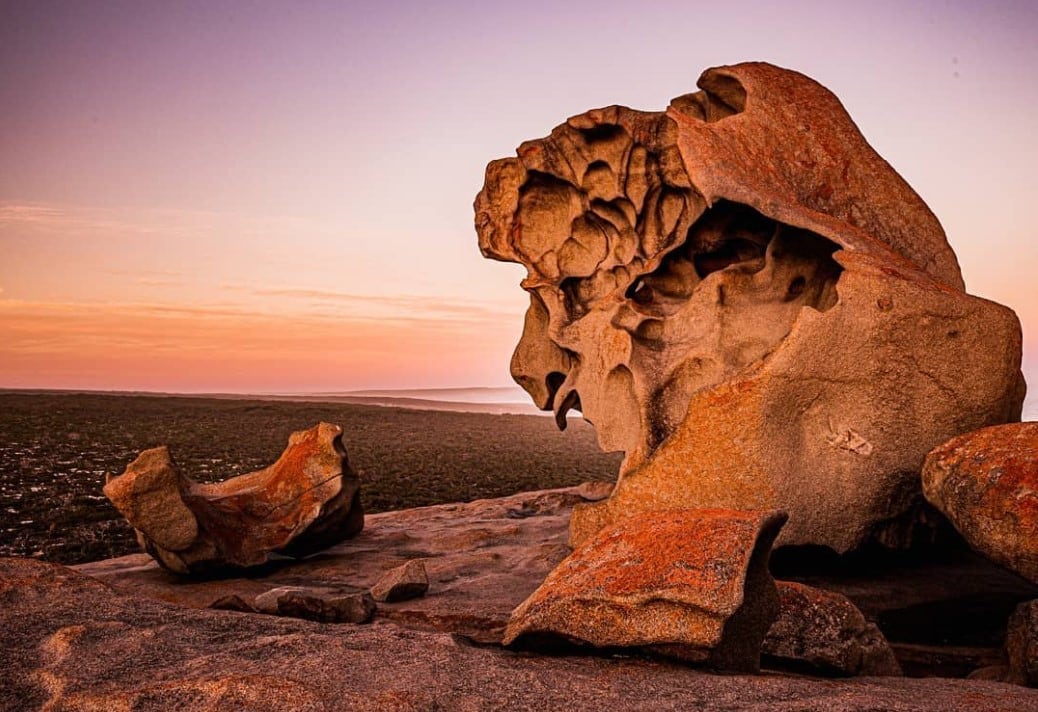
Find out more about Exceptional Kangaroo Island tours here.




